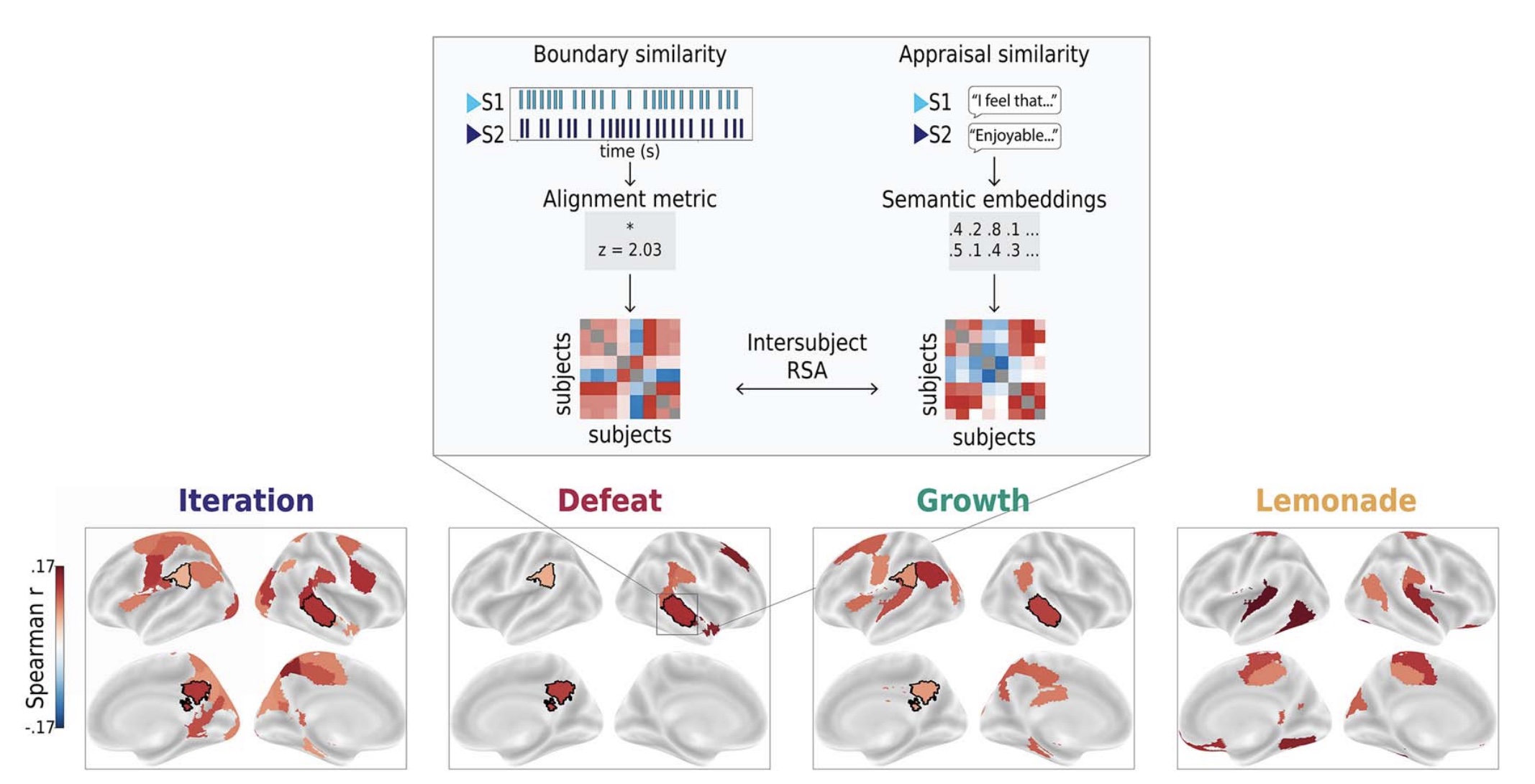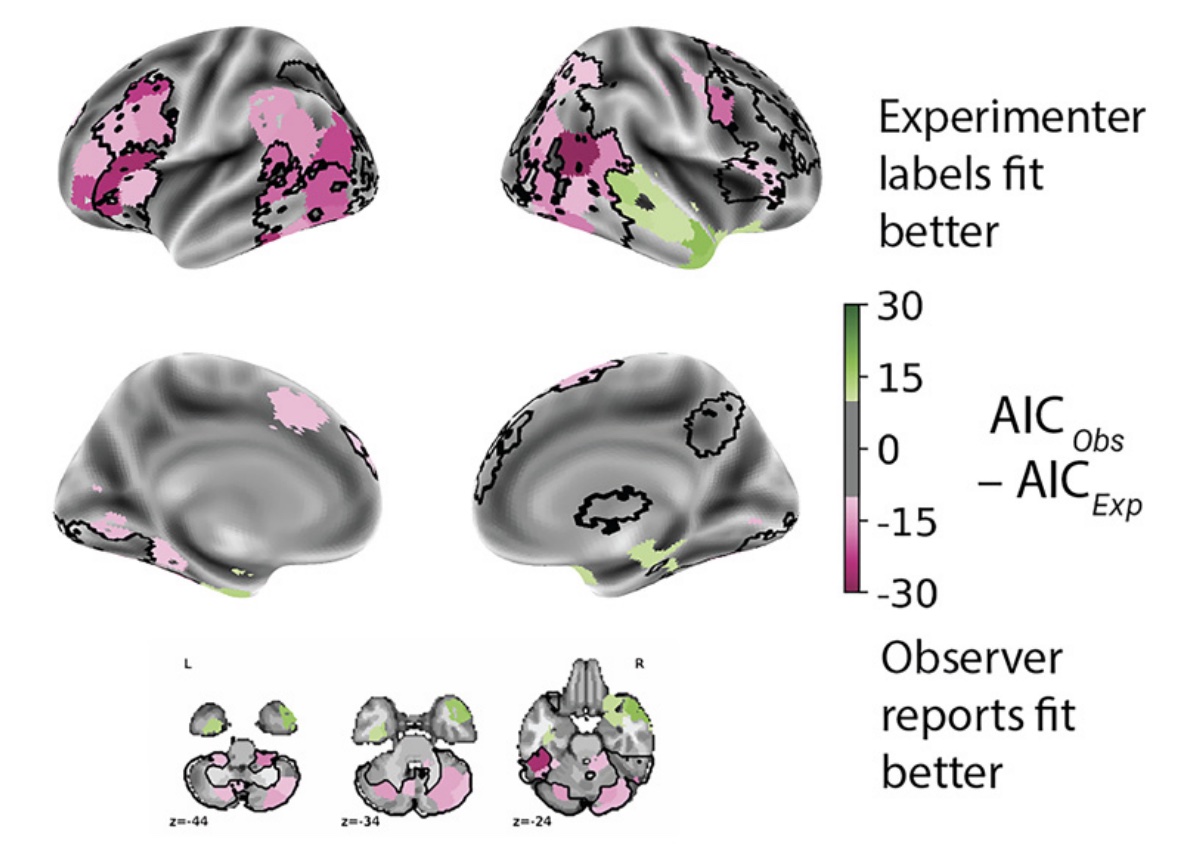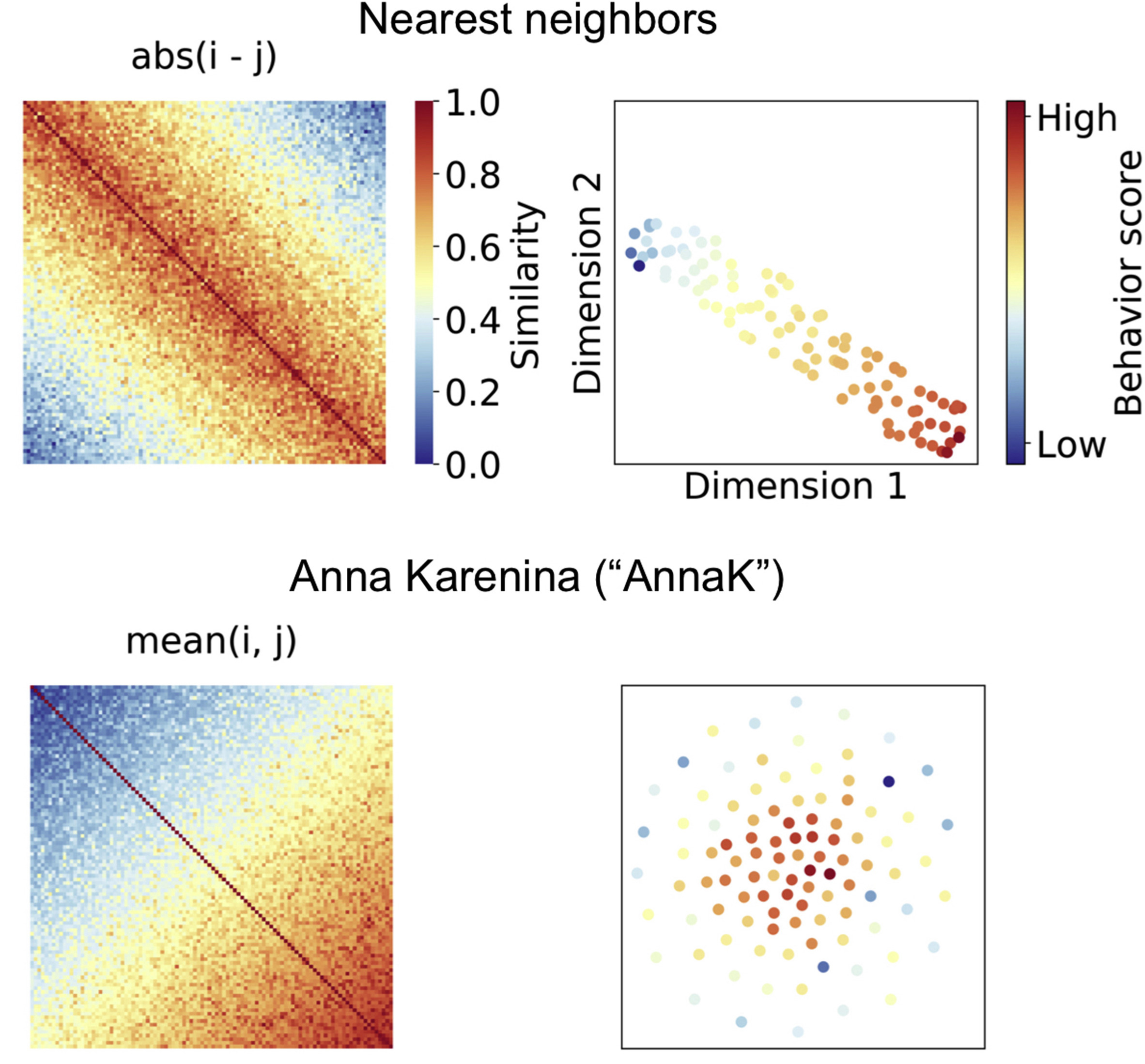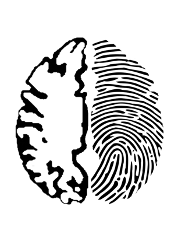Research
How and why do different people arrive at different interpretations of the same experience?
 Faced with the same sensory information, different individuals can come to very different conclusions. What factors bias individuals toward one interpretation or another? How are divergences in interpretation reflected in brain activity before, during and after exposure to ambiguous information? One overarching goal of our research is to understand how people appraise and interpret inherently ambiguous scenarios as a function of individual traits, states, beliefs and prior experiences, and interactions among these factors. We have found, for example, that personality traits such as paranoia affect how an ambiguous social narrative is perceived both neurally and behaviorally. We have also identified neural event segmentation as one candidate mechanism by which people may form different interpretations of the same experience. In ongoing work, we are characterizing what features of the information itself lead to shared versus idiosyncratic patterns of brain activity and behavior. We are also examining what happens when people reappraise ambiguous information in light of new information, such as hearing another person’s interpretation of the same stimulus.
Faced with the same sensory information, different individuals can come to very different conclusions. What factors bias individuals toward one interpretation or another? How are divergences in interpretation reflected in brain activity before, during and after exposure to ambiguous information? One overarching goal of our research is to understand how people appraise and interpret inherently ambiguous scenarios as a function of individual traits, states, beliefs and prior experiences, and interactions among these factors. We have found, for example, that personality traits such as paranoia affect how an ambiguous social narrative is perceived both neurally and behaviorally. We have also identified neural event segmentation as one candidate mechanism by which people may form different interpretations of the same experience. In ongoing work, we are characterizing what features of the information itself lead to shared versus idiosyncratic patterns of brain activity and behavior. We are also examining what happens when people reappraise ambiguous information in light of new information, such as hearing another person’s interpretation of the same stimulus.
What are the building blocks of “socialness”?
 A stimulus with light is clearly visual, a stimulus with sound is clearly auditory, but what makes a stimulus social? What makes a stimulus social for some people but not others? Humans are primed to perceive basic social interactions—e.g., chasing, playing, fighting—even in simple animations of geometric shapes. Past work has used stimuli that are handcrafted to appear obviously social or non-social to study social cognition at the population level, yet this approach ignores heterogeneity in how these animations are perceived by individuals. Our work adopts the perspective that socialness is in the eye of the beholder: in other words, we eschew the idea that there is an objectively accurate label for the presence and nature of a social interaction in a given stimulus, and instead, take whatever the participant reports seeing as their own personal ground truth. Using this approach, we have recently shown that using participant (as opposed to experimenter) labels explains more variance in brain activity and reveals that social signals are detected earlier in the brain’s functional hierarchy than previously thought. In ongoing work, we are working to decompose social information into its atomic visual features and determine how individual brains compute on these features, to understand 1) the mechanisms by which sensory signals are transduced into social percepts, and 2) how, when, and why these mechanisms differ across people. Our ultimate goal is to explain why different individuals truly “see” the same social information differently.
A stimulus with light is clearly visual, a stimulus with sound is clearly auditory, but what makes a stimulus social? What makes a stimulus social for some people but not others? Humans are primed to perceive basic social interactions—e.g., chasing, playing, fighting—even in simple animations of geometric shapes. Past work has used stimuli that are handcrafted to appear obviously social or non-social to study social cognition at the population level, yet this approach ignores heterogeneity in how these animations are perceived by individuals. Our work adopts the perspective that socialness is in the eye of the beholder: in other words, we eschew the idea that there is an objectively accurate label for the presence and nature of a social interaction in a given stimulus, and instead, take whatever the participant reports seeing as their own personal ground truth. Using this approach, we have recently shown that using participant (as opposed to experimenter) labels explains more variance in brain activity and reveals that social signals are detected earlier in the brain’s functional hierarchy than previously thought. In ongoing work, we are working to decompose social information into its atomic visual features and determine how individual brains compute on these features, to understand 1) the mechanisms by which sensory signals are transduced into social percepts, and 2) how, when, and why these mechanisms differ across people. Our ultimate goal is to explain why different individuals truly “see” the same social information differently.
“Naturalistic” and narrative-based stimuli for social and cognitive neuroscience
 So-called “naturalistic” tasks, such as watching movies and listening to stories, have grown rapidly in popularity in recent years as paradigms for functional neuroimaging studies. We believe that these paradigms have immense potential to reveal not only shared principles of brain and cognitive function (here’s one example in time perception), but also nuanced individual differences and brain-behavior relationships. However, we also believe that the term “naturalistic” is somewhat of a misnomer, since media like film, television, books, and podcasts are fundamentally not natural, but rather purposefully crafted artistic products meant to elicit particular human thought, emotion and behavior. Knowing this, we can be more deliberate in how we choose stimuli, design experiments, and analyze our data. More broadly, given mounting evidence that movie-watching and similar paradigms outperform resting state for many applications (including behavior prediction), we have argued for a move away from rest as the predominant acquisition state and toward the adoption of continuous, engaging paradigms for both small- and large-scale neuroimaging studies.
So-called “naturalistic” tasks, such as watching movies and listening to stories, have grown rapidly in popularity in recent years as paradigms for functional neuroimaging studies. We believe that these paradigms have immense potential to reveal not only shared principles of brain and cognitive function (here’s one example in time perception), but also nuanced individual differences and brain-behavior relationships. However, we also believe that the term “naturalistic” is somewhat of a misnomer, since media like film, television, books, and podcasts are fundamentally not natural, but rather purposefully crafted artistic products meant to elicit particular human thought, emotion and behavior. Knowing this, we can be more deliberate in how we choose stimuli, design experiments, and analyze our data. More broadly, given mounting evidence that movie-watching and similar paradigms outperform resting state for many applications (including behavior prediction), we have argued for a move away from rest as the predominant acquisition state and toward the adoption of continuous, engaging paradigms for both small- and large-scale neuroimaging studies.
